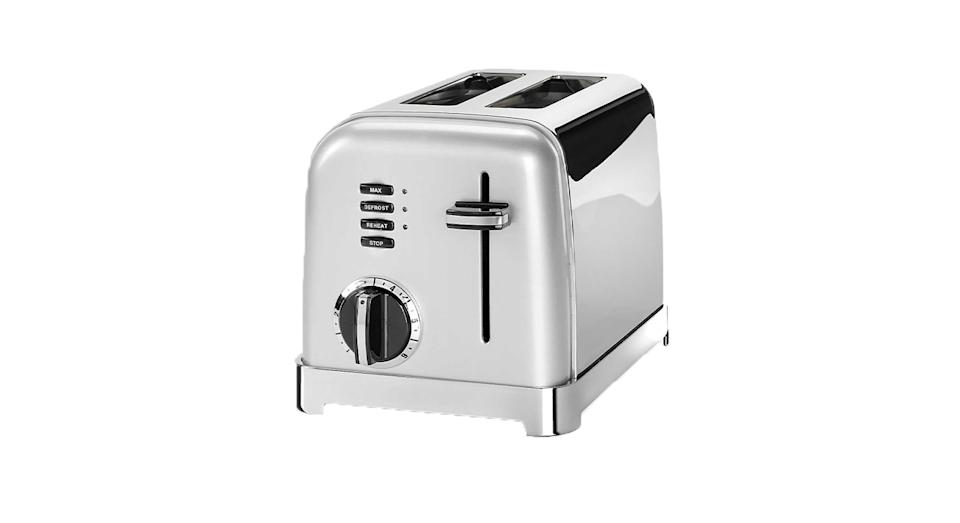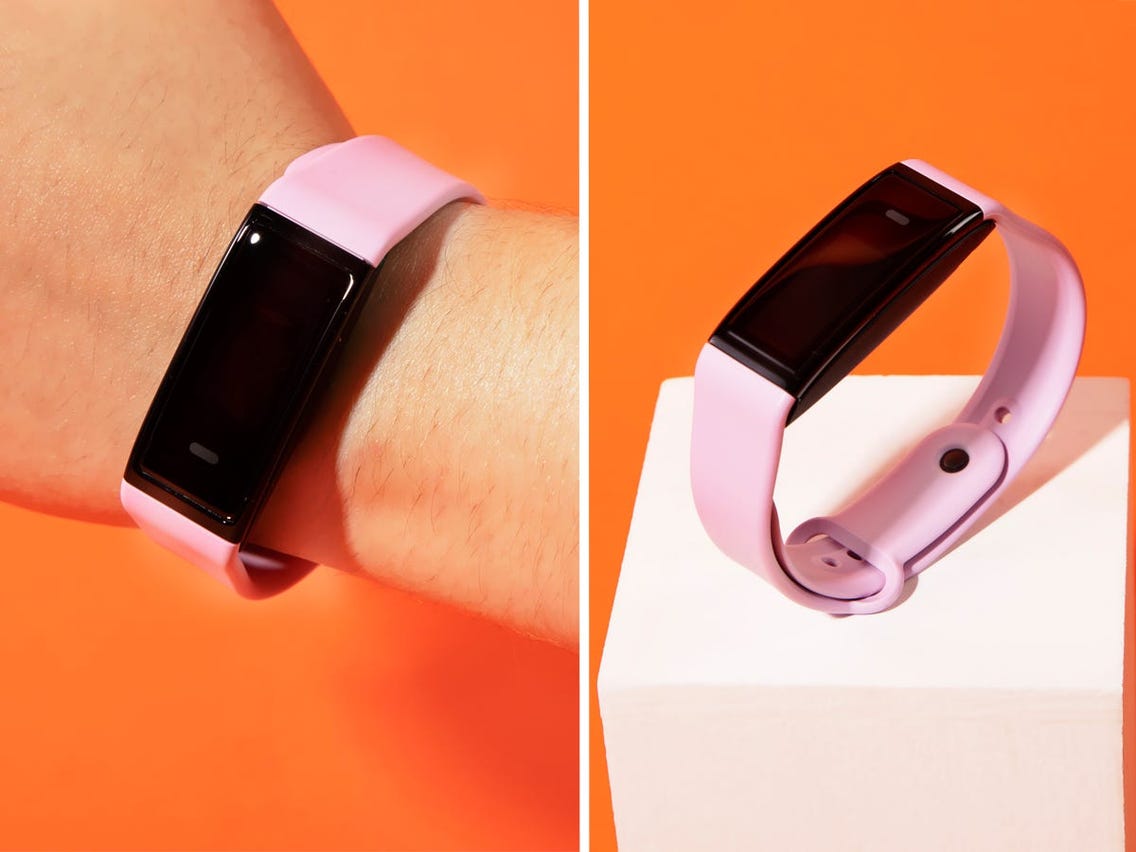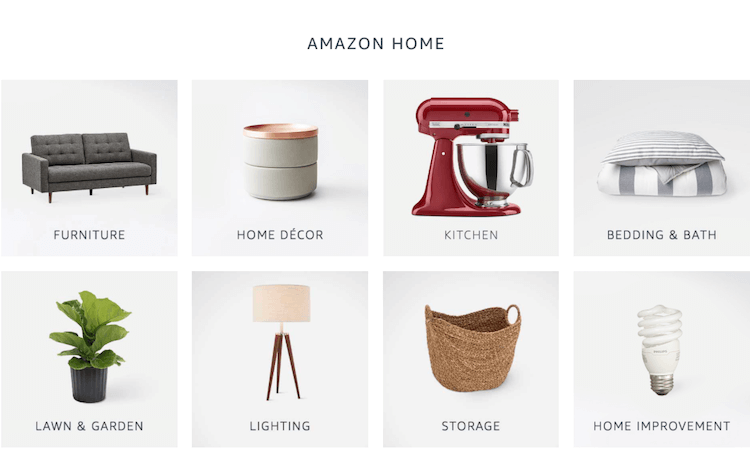
A Consumer Reports-designed dehumidifier is a great way to reduce moisture levels in your home. A dehumidifier can be useful if your basement is damp or you are experiencing seasonal moisture problems. The humidity level in a dehumidifier is between 30 to 50 percent. This is the ideal level for those with allergies or asthma. They are also good for controlling mildew and mold.
Dehumidifiers are available in a variety of sizes and styles. These include whole-home units and stand-alone models. They are classified by the capacity (or amount of water that the unit can remove). Larger capacity units require less energy and are therefore more cost-effective. A large capacity unit often costs less per pint. Consumer Reports warns that smaller capacity dehumidifiers may be more expensive and not as efficient.
Energy Star certification has existed for several years. Dehumidifier manufacturers have been testing their products under different conditions since then. However, there is a difference between the DOE's energy efficiency requirements for dehumidifiers and the Energy Star program requirements.

Energy Star requires that testing be done at various temperatures. Energy Star version 5.0 requires testing at 60°F and 60% RH. Contrary to this, the Department of Energy's (DOE), requirements call for testing at 80°F and 60% RH. The difference in test conditions means that manufacturers have to make adjustments to their recommendations.
Consumer Reports evaluated many dehumidifiers, and they produced impressive performance results. The most impressive was a unit that could remove 70 pints of water within 24 hours. The unit's programmable humidity control allows you to set the desired humidity level for your home. It also features a digital indicator that displays the device's performance.
Many dehumidifiers include an air filter to remove large particles. Some models include a pump that moves the water to a sink. A dehumidifier equipped with caster wheels makes it easy to move around the house.
It is important to have a large tank (e.g. 70 pint) and that they are energy efficient. A smaller dehumidifier is more efficient if you do not have moisture issues. A dehumidifier with hose connections is recommended if moisture problems are present.

The best consumer reports dehumidifiers also come with a few nifty features. The auto-restart feature allows the unit to continue running even if it isn't being used for a long time. The dehumidifiers that use ultra-quiet compressor technology are another notable feature. They run at very low dB noise levels. It's also a good idea to invest in a dehumidifier that has a remote control, as it's easy to forget to shut off the device when you're out of the room.
In addition to the dehumidifier's most impressive features, a few other items to look for are a unit's energy efficiency and fan speed. The best dehumidifiers feature a fan with a high CFM, which pulls air from larger areas. However, high CFM fans can create noise and make it difficult to find a better model.